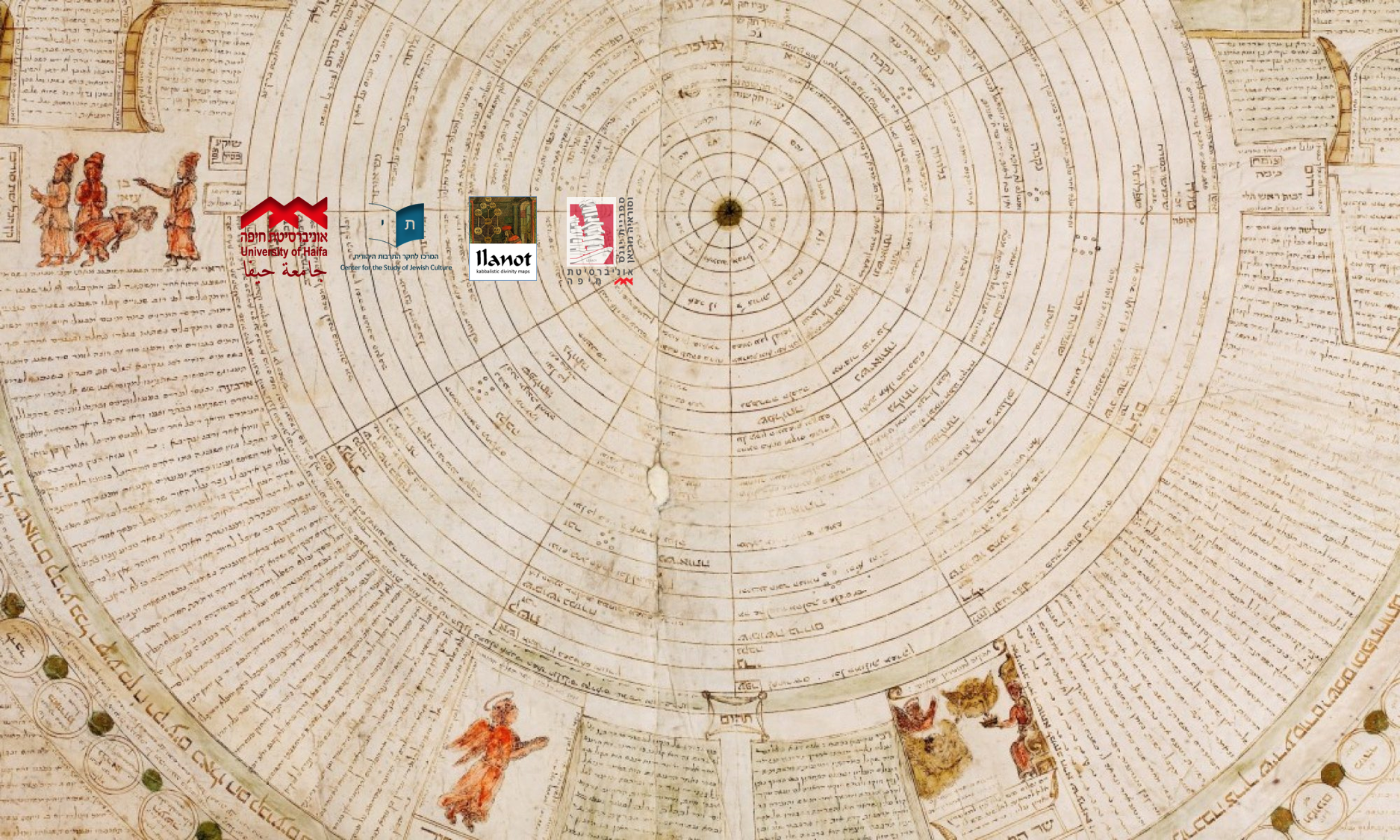At the heart of a concise review of the cosmogonic theory of R. Isaac Luria (1534–72), his preeminent disciple, R. Hayyim Vital (1543–1620), drew a captionless diagram. Rather than suggest that this diagram would clarify the complex text surrounding it, Vital introduced it with the rather surprising, “and now I will draw you a circle, and from it you will understand what you have to understand.” What kind of understanding did Vital believe could be attained through an engagement with his “circle”? What did he believe the diagram offered that was lacking in the text? How did he expect the text and the diagram to be correlated? A close reading of this material invites broad reflection on the place of diagrams in Kabbalah: from their intended functions and epistemological status to the ways in which they were to be used, performed, or “thought with.”
To read the full article, click here.




